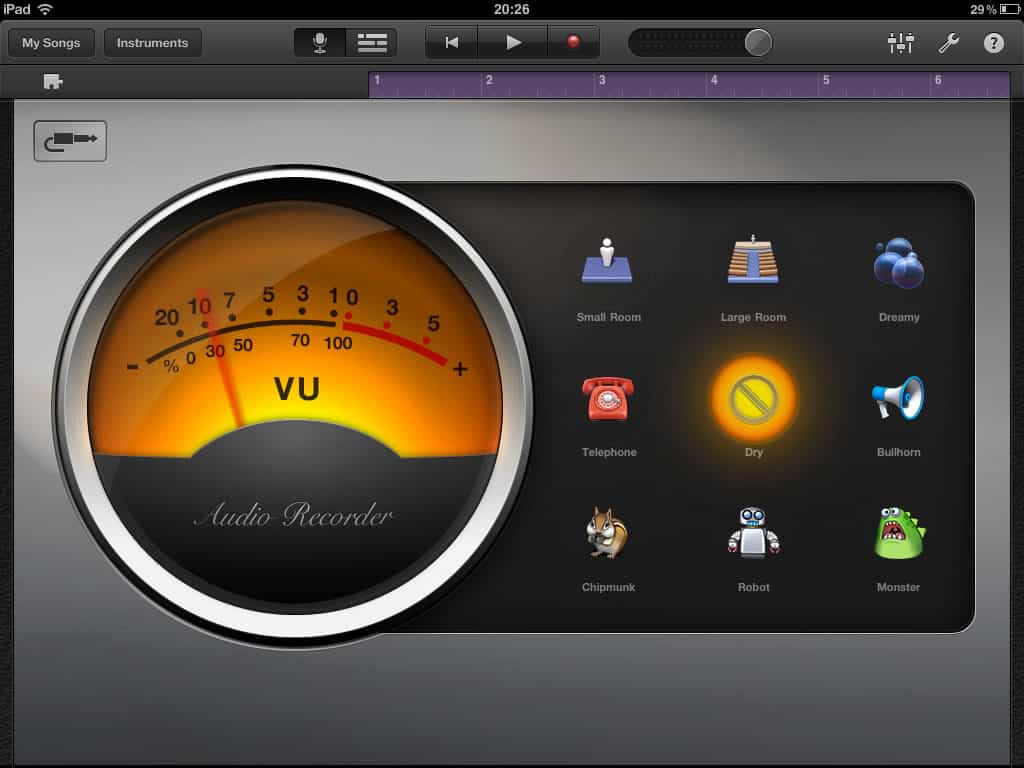

You’re also likely to be able to do more recording and editing while away from a wall plug, thanks to the M1 chip’s improved power efficiency. Ready to start finding voice over work? Sign up for an account on Voices today.While there are no specific Apple Silicon features (we’ve also tested it on an Intel-based 16-inch MacBook from 2019), it’s worth mentioning that it does feel smoother and export times are likely to be shorter on newer hardware. Head into GarageBand to test out our walkthrough on getting started and let us know in the comments below how it worked out for you! Trim off any dead air at the beginning and end of the audio so that your voice begins just moments after a client hits play and ends just before the track concludes. Tip: Command+T is the hotkey for creating a break in the audio that will let you easily drag and drop it wherever you need within the audio track.īe sure to clean up the audio track so that there’s no unnecessary recording time on it that might impact the client’s decision in hiring you, especially if you’re recording an audition. Because you don’t have any additional processing effects on the audio (and you’re in a decently sound treated space, right?), you can cut the audio apart and seamlessly bring together the parts of your reads you preferred the most. Step EightĪfter playing back your voice over takes, you’ll likely prefer aspects of one read more than others. You can zoom in even more so to see where specific moments of your recording can be edited when you begin playing them back and considering what editing needs to be done.

Hit the red circular “Record” button at the top of the screen when you’re ready to begin recording.Īs Randy explains in the video above, having the zoomed-in view along the bottom of the session screen gives you more detailed information about the captured audio.

You can change your audio tracks to specific names which can be especially helpful if you’re working with music overlay or multiple audio tracks. You can do this by clicking and grabbing any bar within the recording area and dragging it outward to “stretch” it, effectively zooming it in. Zoom in the bottom row so you can have a more detailed view of your audio track to make the editing process easier.
#Garageband for mac os x full
Use the full real estate of the screen to see both a zoomed-in and zoomed-out view of your recording. Again, that is more for music production and can be changed to be more “voice over session” centric by changing it to reflect time. By default, it’s set for bars, beats, tempo, and key signature. Step FiveĬhange the session parameters to time.
#Garageband for mac os x free
These features of GarageBand may be helpful to someone using it for music production, but for voice over purposes, they can be hidden to free up the screen and make it simpler to work with. Now that you’ve loaded a session in your new empty project, you can speak into your mic and see GarageBand picking up your voice.īefore moving ahead with the recording, let’s declutter the session screen by using these hotkeys: Y, E, K, Shift+K. Note: Always check the box that reads “I want to hear my instrument as I play and record.” It will allow you to hear your performance through your headphones without any delay. For us it was Input 4, but may be Input 1 for you. Select “Record Using a Microphone” under the “Audio” options.įrom the expanded details drop down menu, ensure that you set your input to the correct one that will bring your mic into GarageBand. You’ll see the “Choose a Track Type” box. As a voice actor, you want to be able to control what’s applied to your audio.ĭouble check that the input device and output device are both set to your microphone. Note: You’re better off choosing “Empty Project” from within the “New Project” option rather than from the “Project Templates” because those templates all include processing effects. Begin by selecting “New Project from Template” and select “Voice.” Open GarageBand by double clicking on the icon on your dock.


 0 kommentar(er)
0 kommentar(er)
